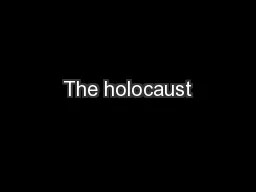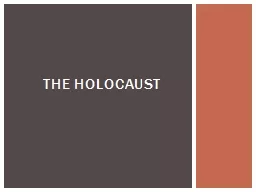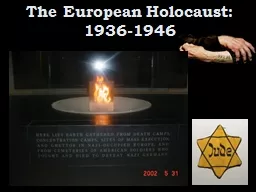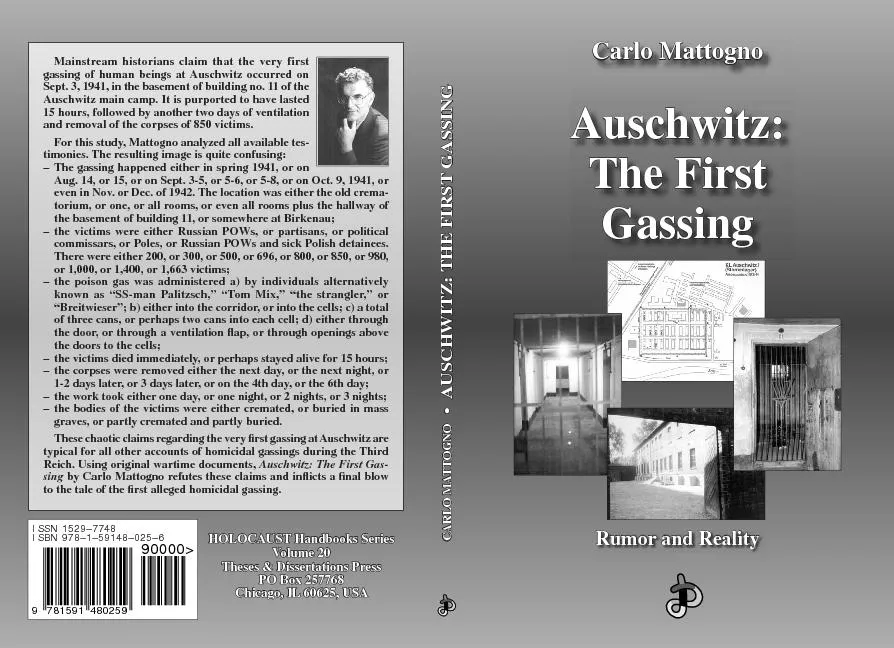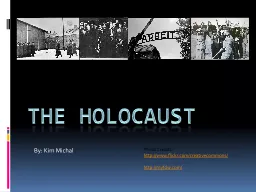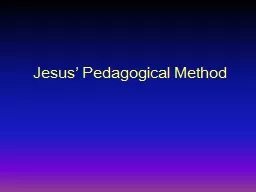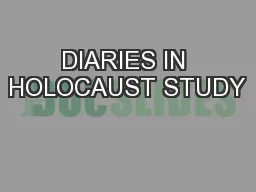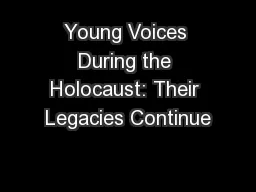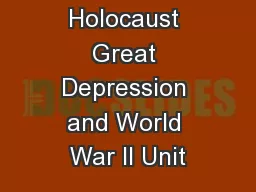PPT-Teaching The Holocaust: Exploring Pedagogical
Author : calandra-battersby | Published Date : 2017-04-02
Dilemmas Avi Patt University of Hartford Alan Marcus University of Connecticut Pedagogical Dilemmas Teaching the Holocaust and Genocide with Film Teaching the Holocaust
Presentation Embed Code
Download Presentation
Download Presentation The PPT/PDF document "Teaching The Holocaust: Exploring Pedago..." is the property of its rightful owner. Permission is granted to download and print the materials on this website for personal, non-commercial use only, and to display it on your personal computer provided you do not modify the materials and that you retain all copyright notices contained in the materials. By downloading content from our website, you accept the terms of this agreement.
Teaching The Holocaust: Exploring Pedagogical: Transcript
Download Rules Of Document
"Teaching The Holocaust: Exploring Pedagogical"The content belongs to its owner. You may download and print it for personal use, without modification, and keep all copyright notices. By downloading, you agree to these terms.
Related Documents


